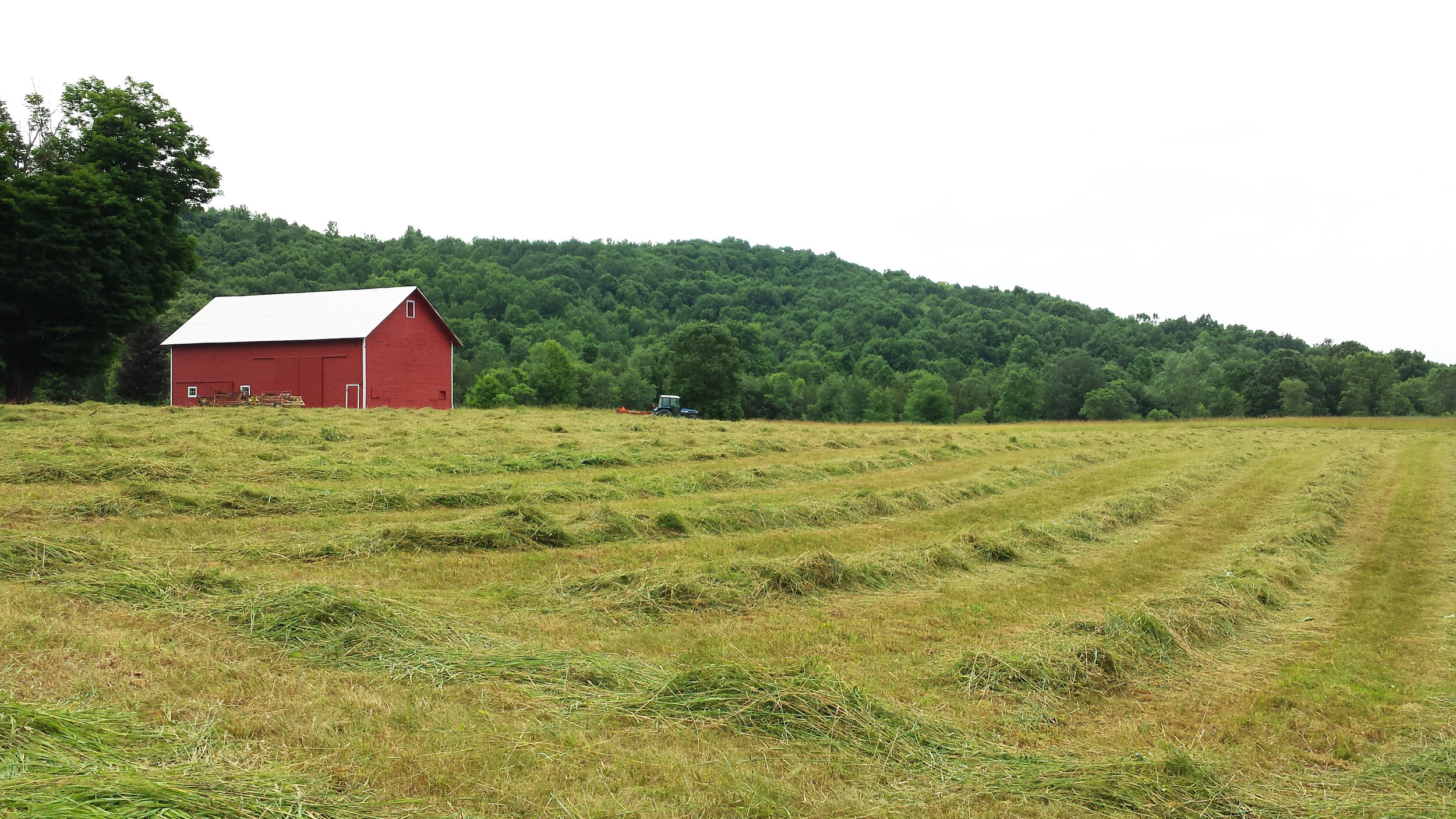
farming
the path to regenerative farming
step one:
Find and purchase a farm
Step two:
Figure it all out
In 2014, we were suddenly deep in Step Two, trying to realize the scale of what we had taken on while still very busy with our wine work lives. We plunged in, both with good intentions and everything to learn.
Organic farming was always part of our vision. We planted red clover, started a compost program, and cut hay. We ran soil tests to get a benchmark on pH and other nutrient levels and conditioned the soil with tons of lime from a nearby quarry. We planted Winter Wheat and Danko Rye. We took care to leave our Little Field fallow. We contracted with a local farmer to plow our fields. And we soaked up all the information we could find about things like open-pollinated heirloom corn varieties and beekeeping.
But inevitably, our inexperience led to some disastrous failures. Wild turkeys ate the corn, we lost a crop to drought. We realized what we were doing wasn’t enough. Or maybe it was too much. We read more, asked harder questions, and looked to the land itself for answers. What was it telling us?
Three years in, we initiated a more comprehensive program of crop rotation, cover crops, and no till. As we moved away from plowing and toward building soil biomass, our goals shifted from getting high crop yields to retaining water, opening the soils, and building their health. With this approach, something completely different began to emerge: We found the fields developing a tremendous amount of biomass through which came clover, radish, and rye.
Soil tests at the end of 2018 confirmed our new ideas were working. That summer, a carpet of white buckwheat flowers, a good source of pollen and nectar for our bees, gave visual assurance as well.
From the knowledge of our own experience, we redesigned our equipment and redrew our assumptions. Our embrace of a new relationship with the land was already giving better yields and, more importantly, healthier crops. But we needed encouragement and advice from someone who knew how rocky the road to regenerative farming can feel. Enter Mimi Casteel.
Mimi Casteel could make you believe the Earth summoned her into existence as its advocate. She has an extraordinary ability to explain the most complex concepts in regenerative agriculture with clarity and compassion. She humbly considers herself a “mystery solver for the land,” combining her roots in Oregon, where her parents were viticultural pioneers, her forest science studies, and her work as a botanist and ecologist to find ways for the land to help itself. In 2015, she began to regenerate a farm in Salem, Oregon that had been chemically treated and started her own vineyard, Hope Well, as a place where her vines and family could thrive. If you’ve listened to interviews with Mimi or read her work, you’ll understand why we felt she had to see what we were attempting at Branchwater. Her guidance is our wellspring of courage to take the risks and rejoice in the rewards of regenerative farming.
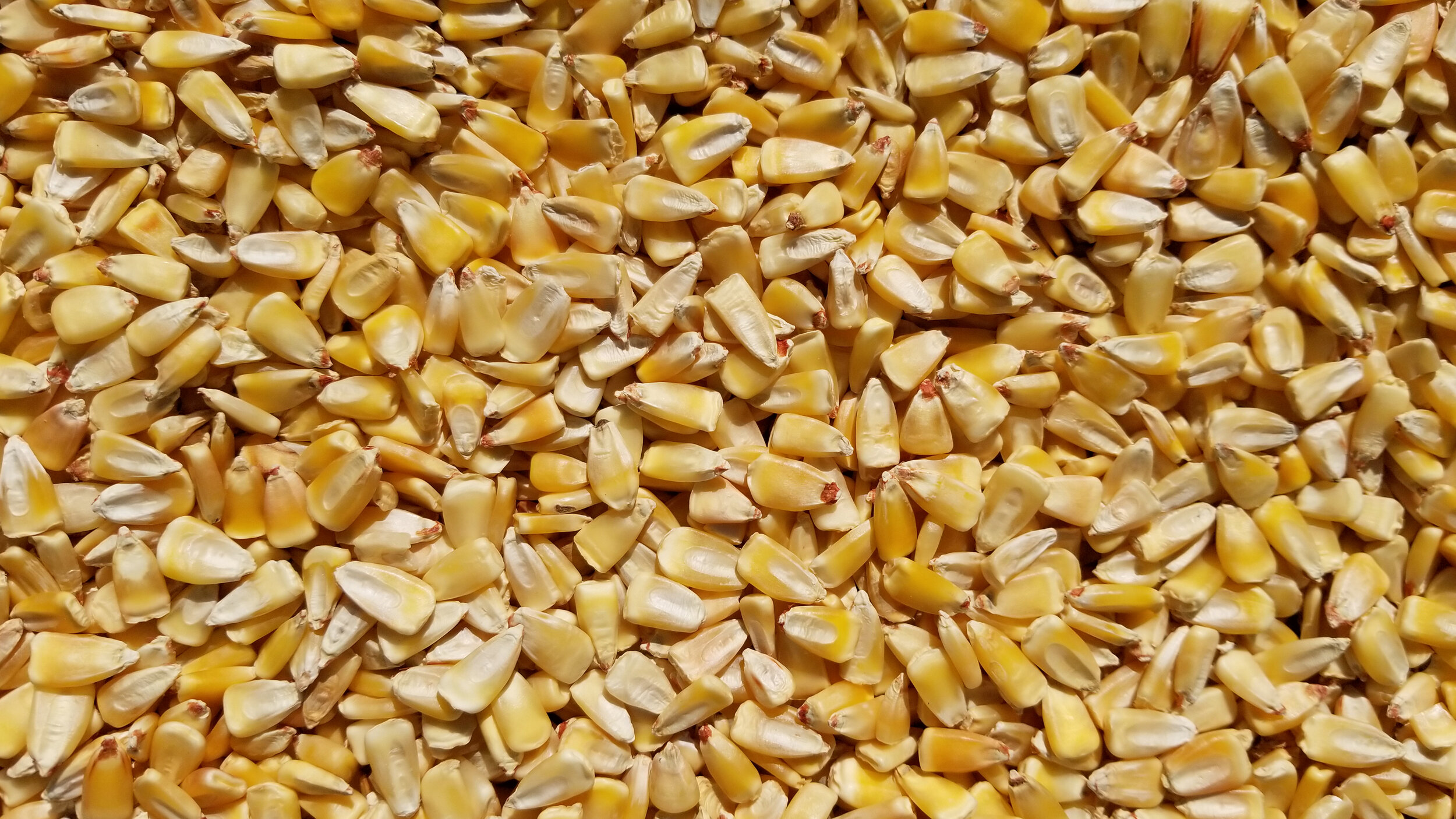
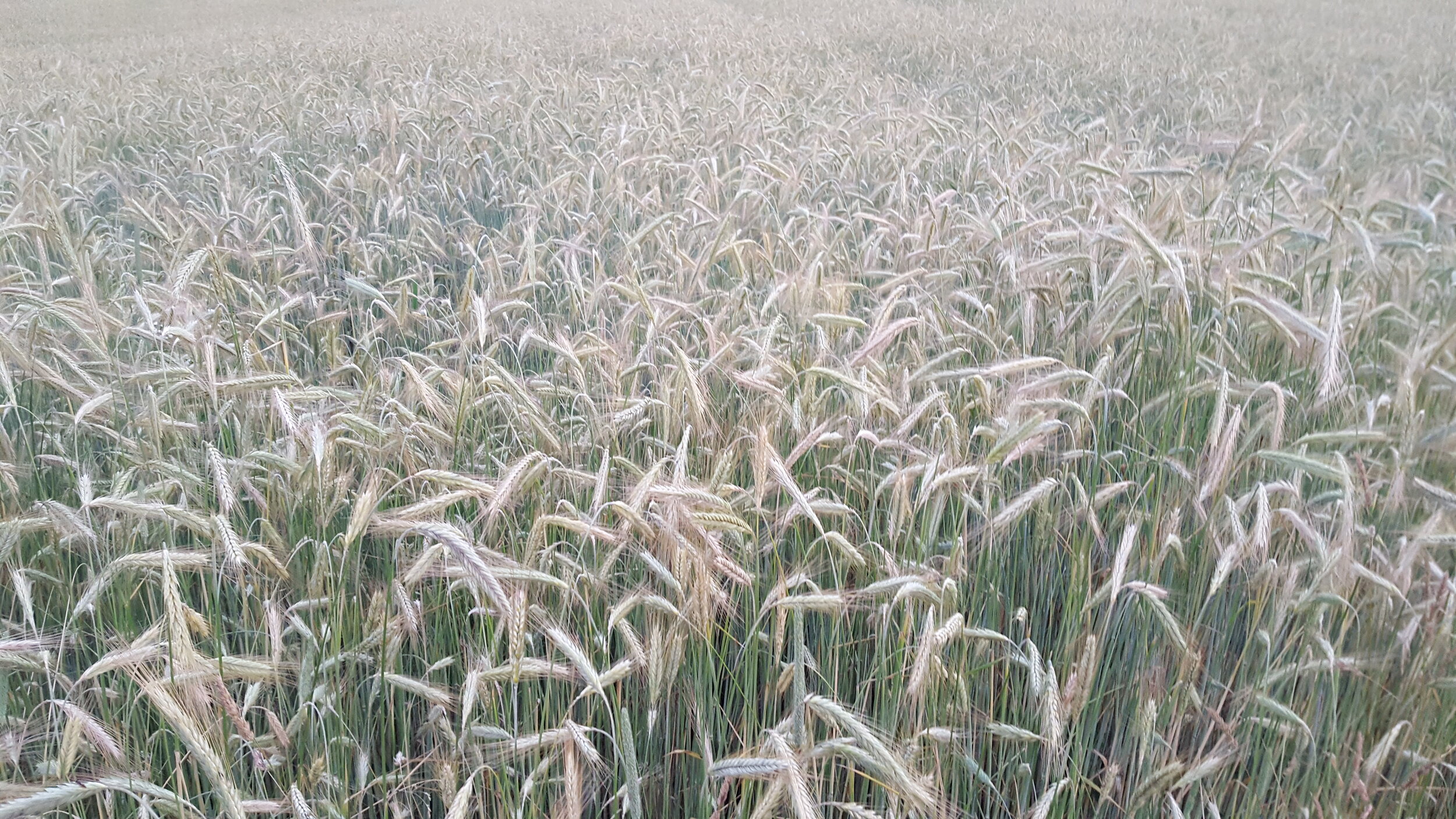
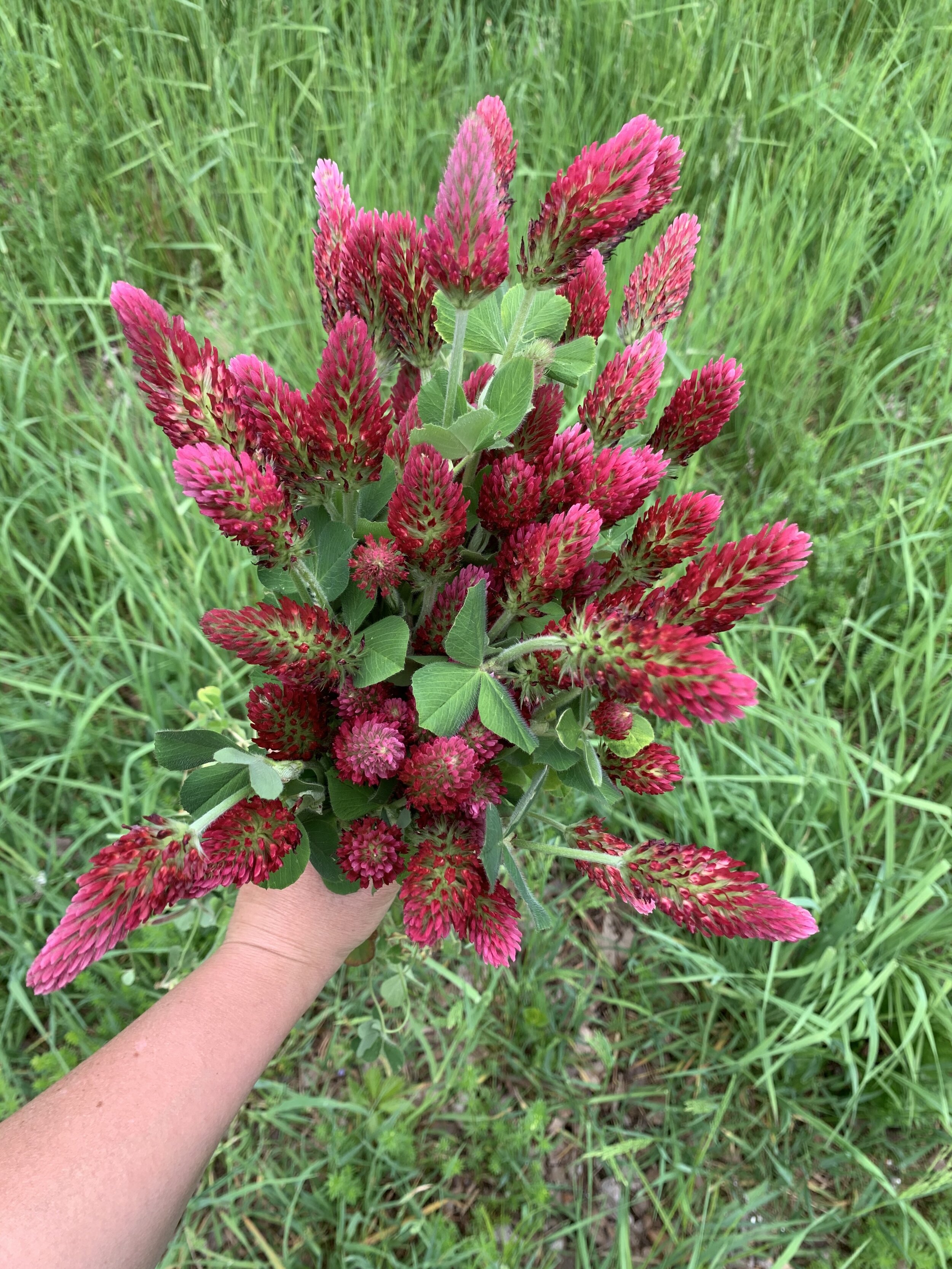
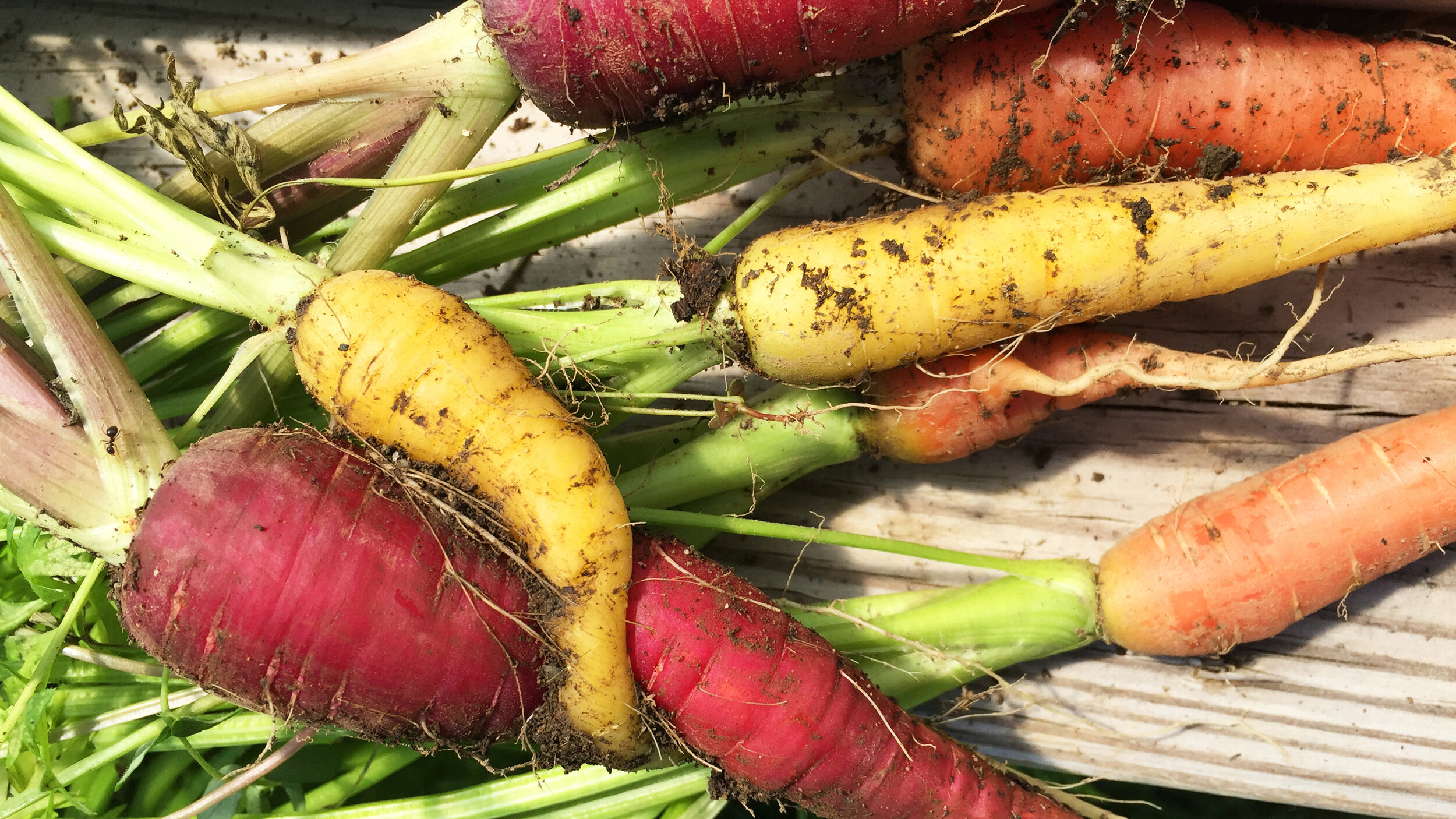
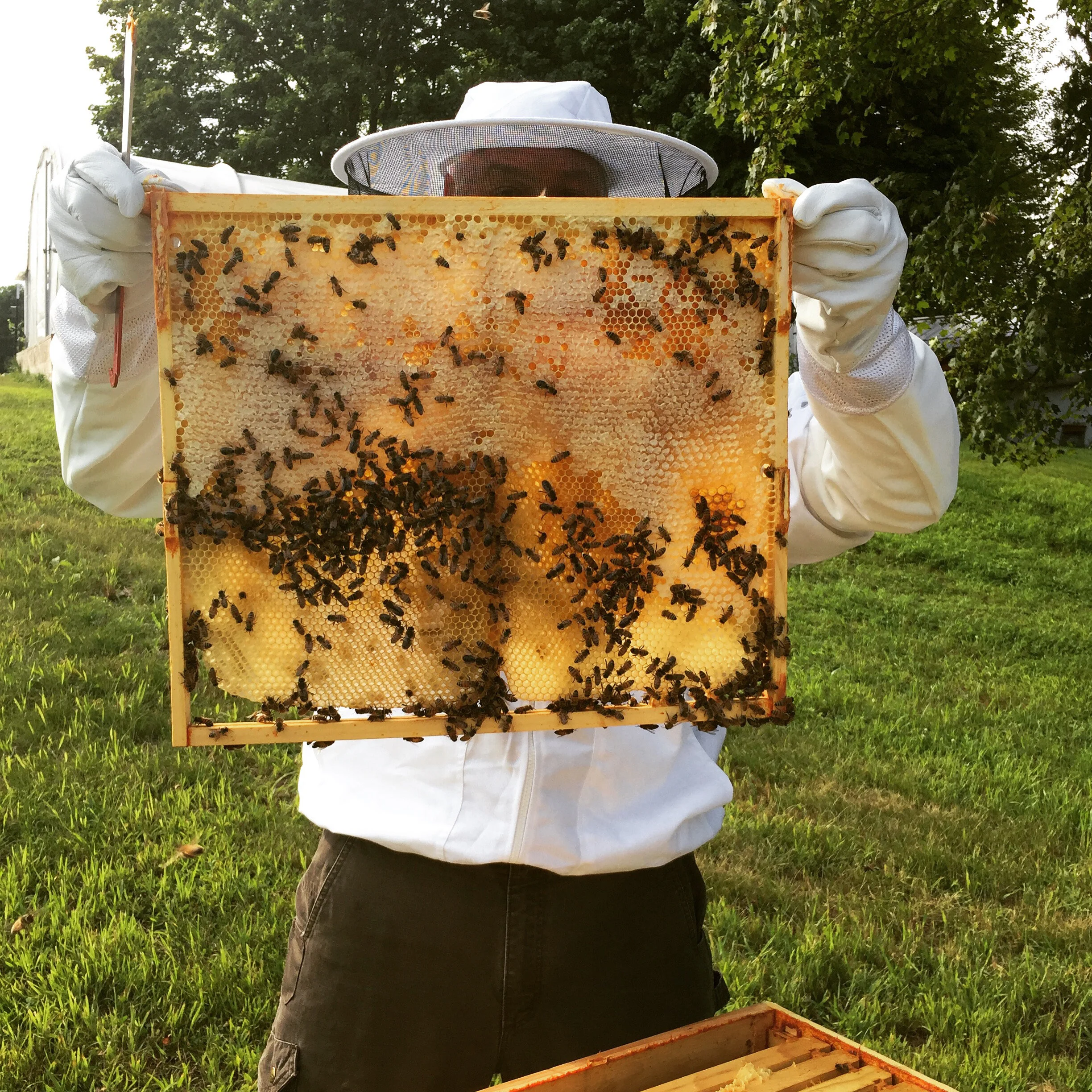
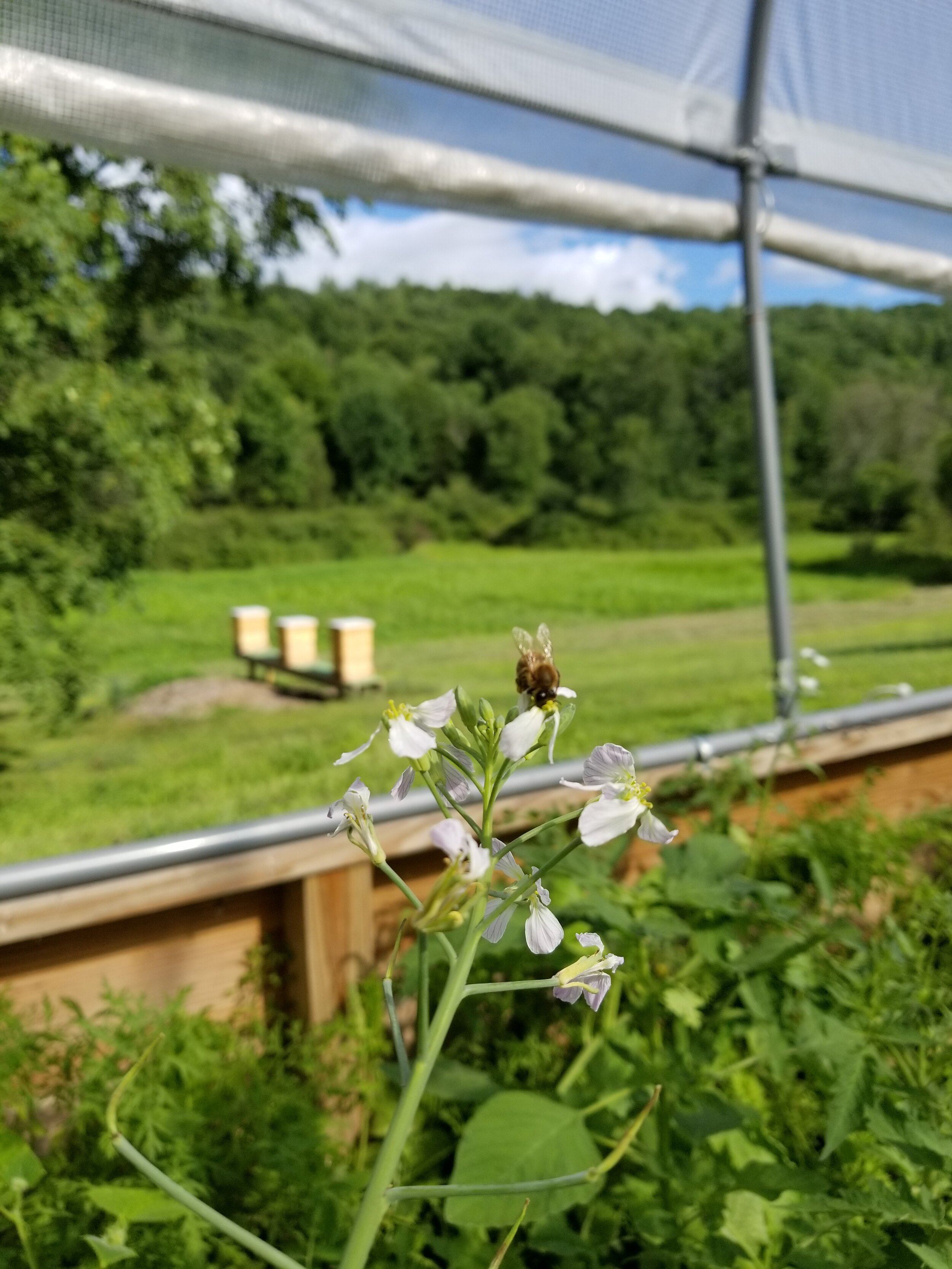
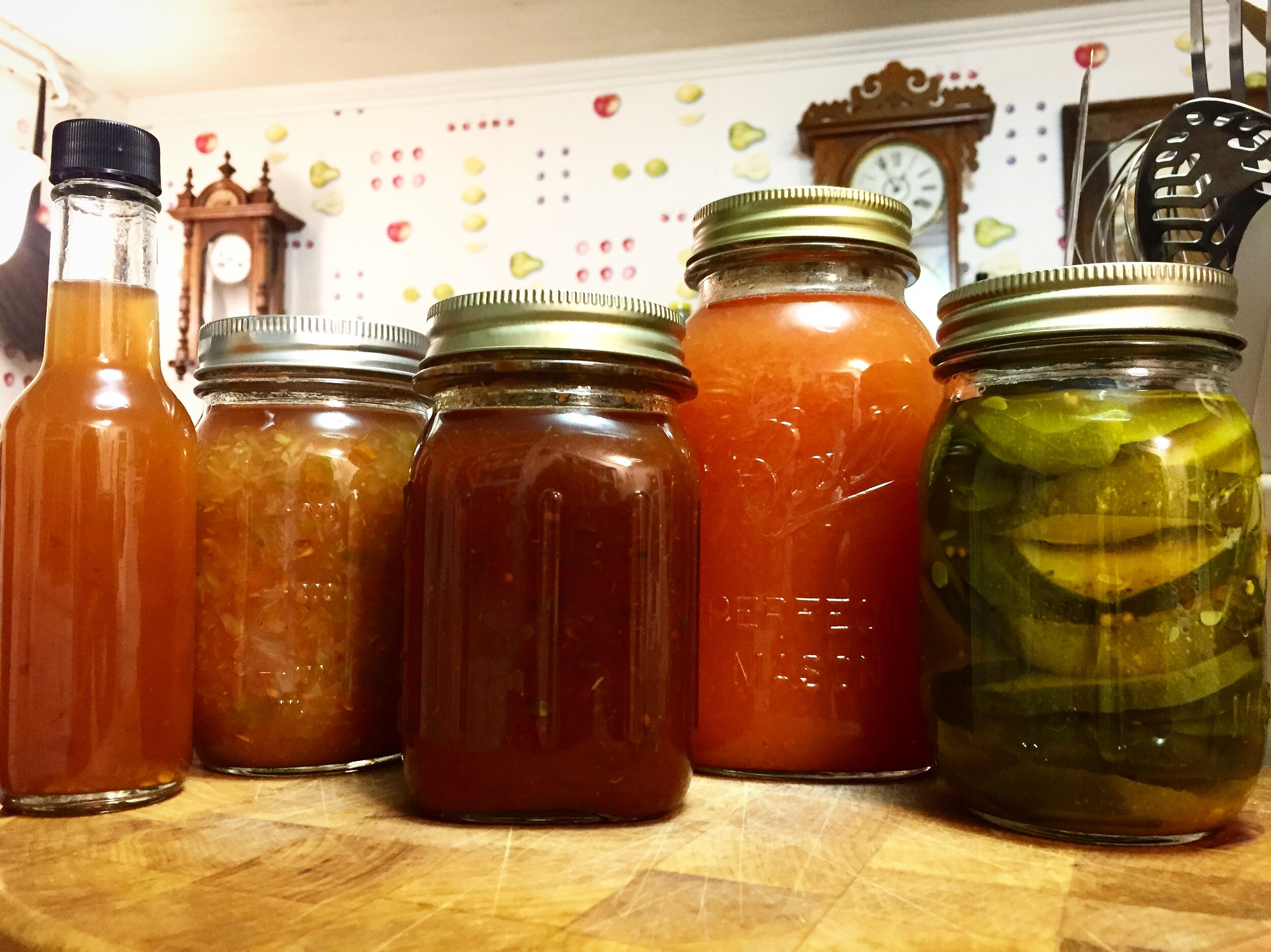
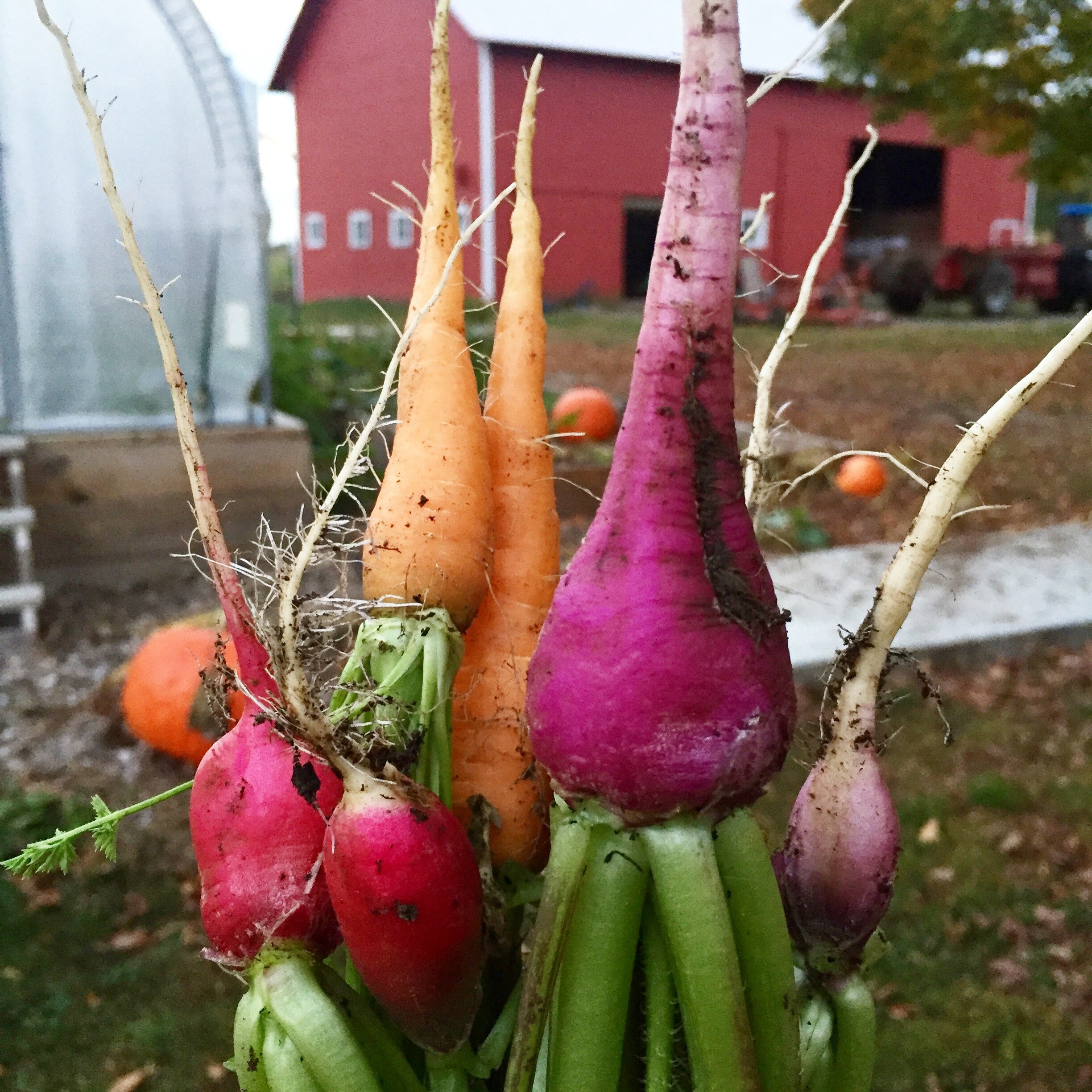

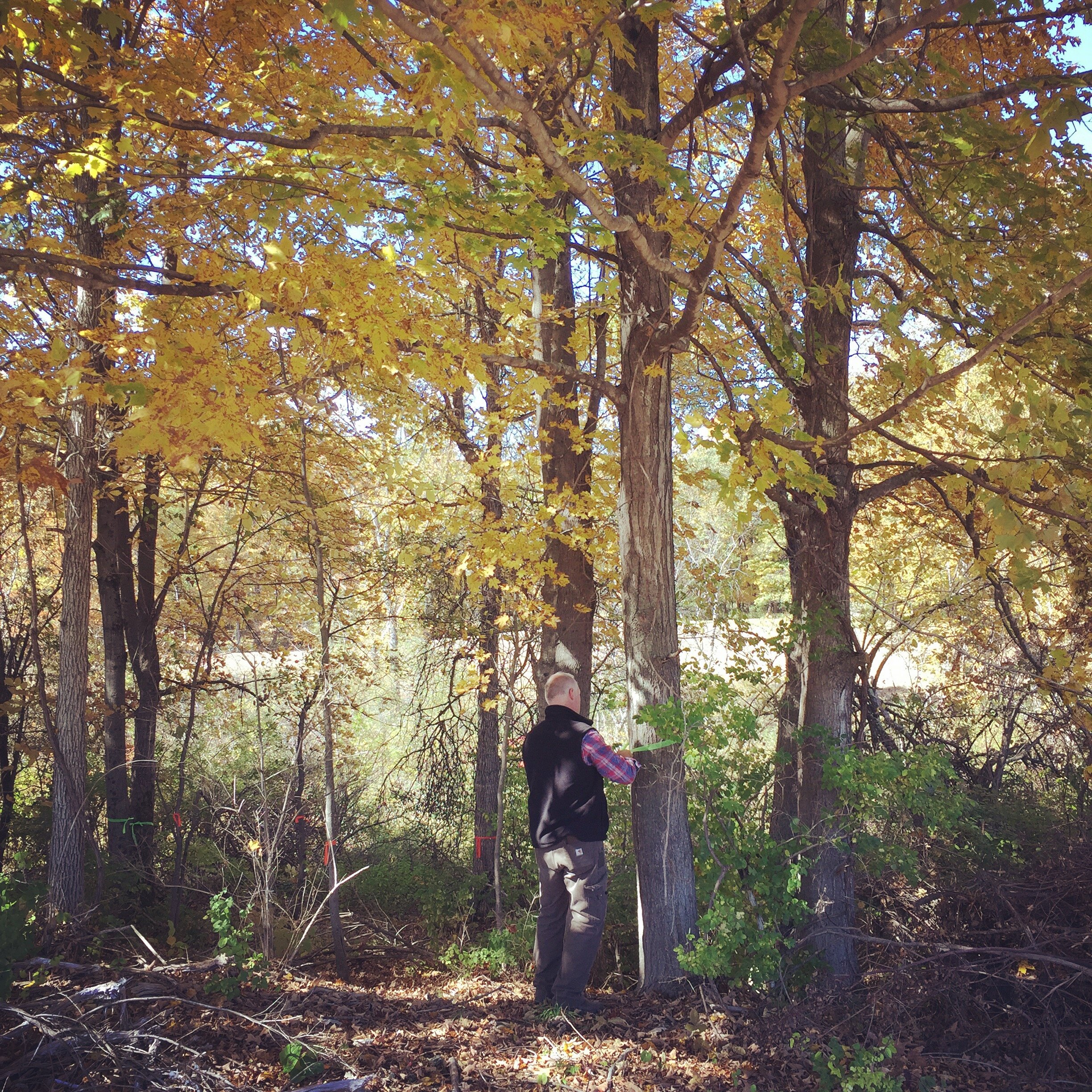
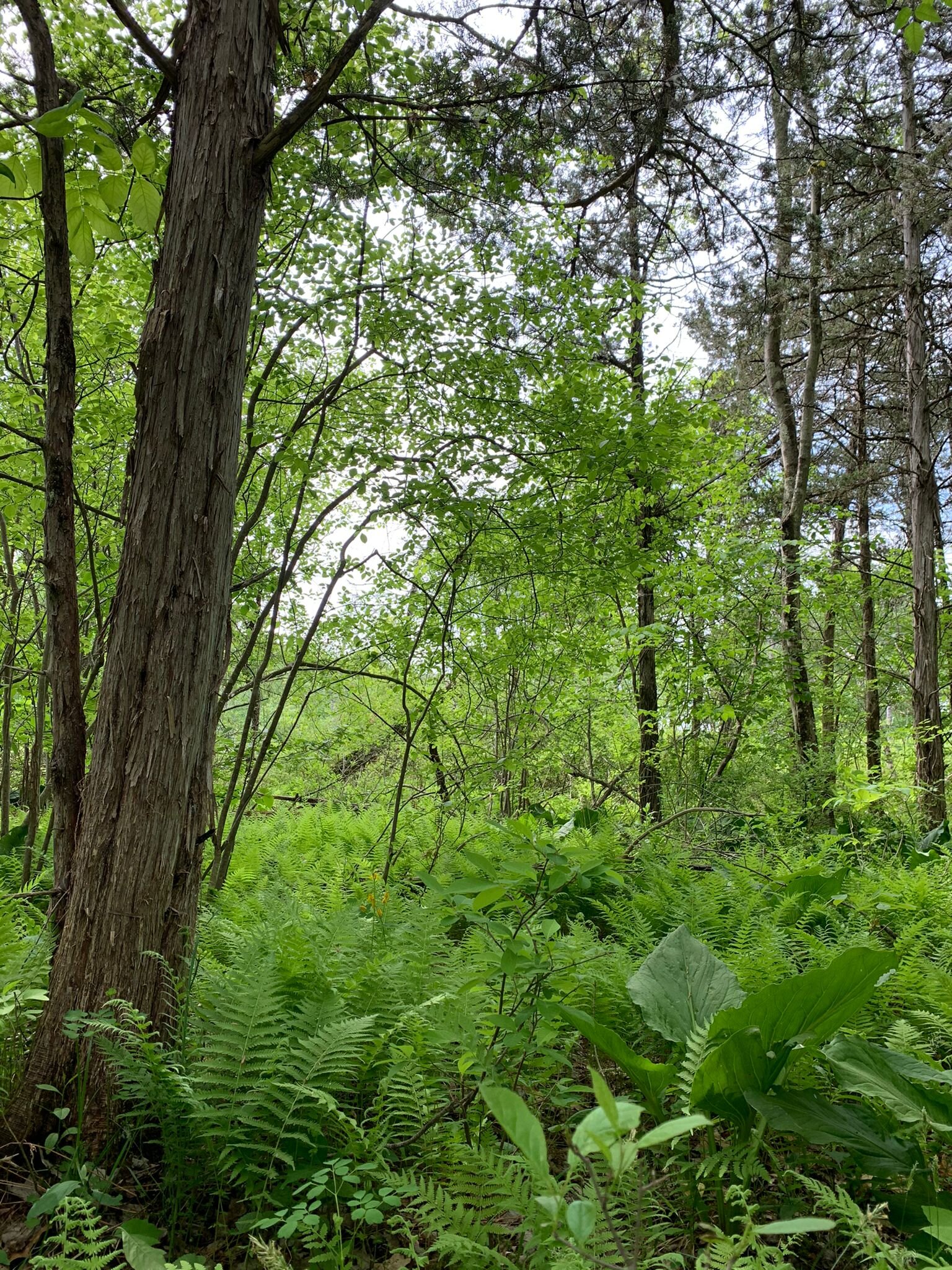
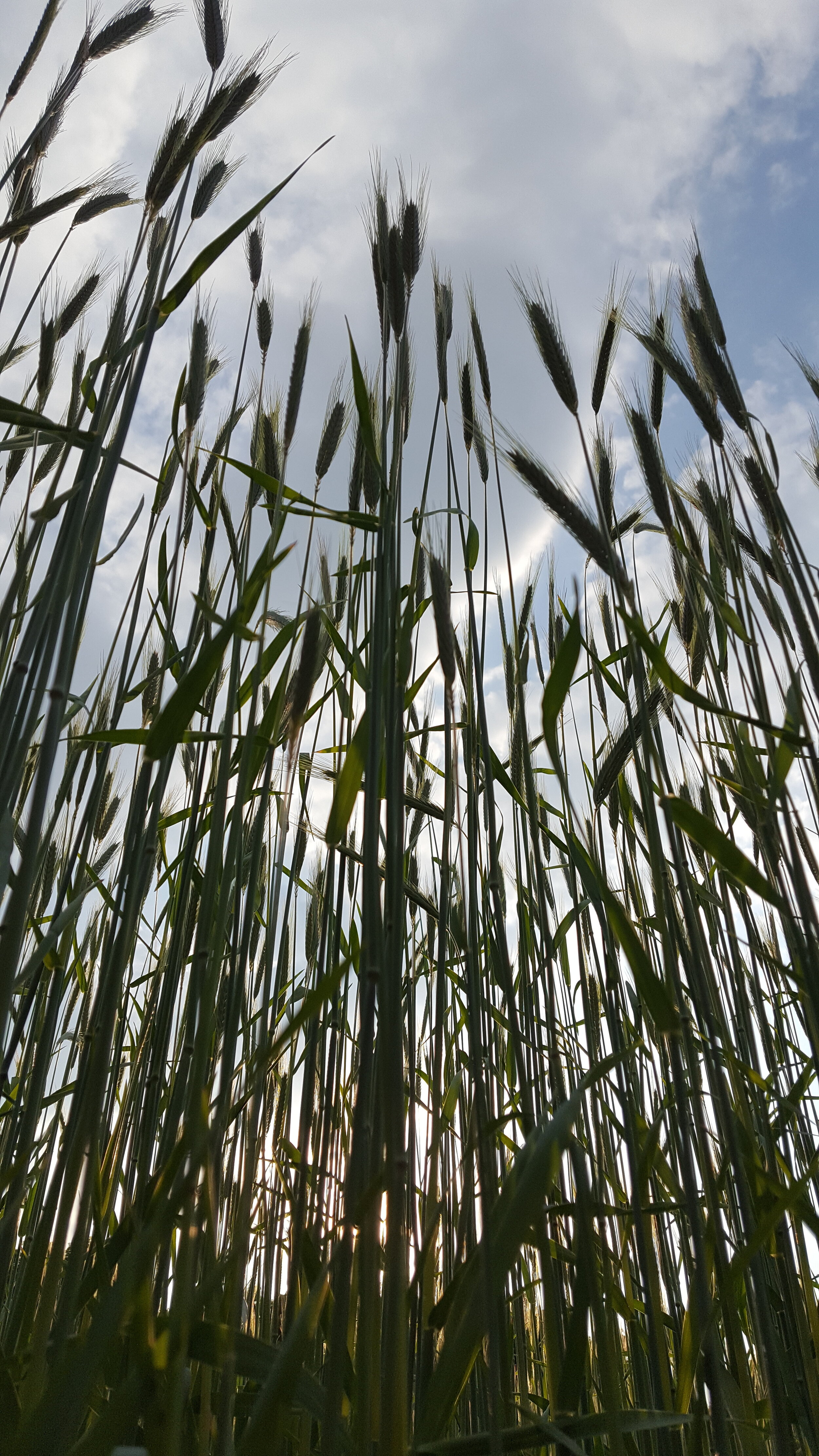
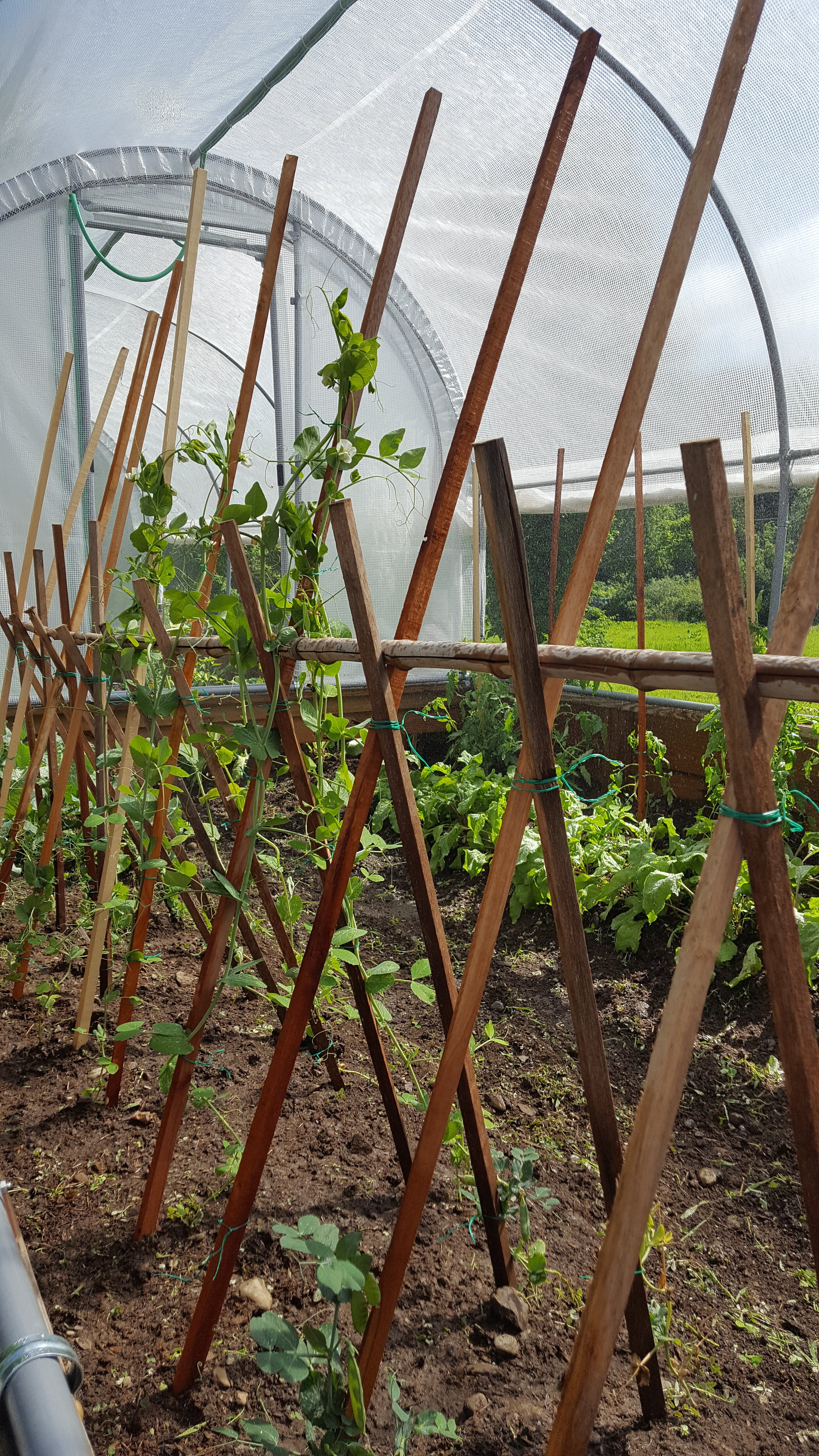
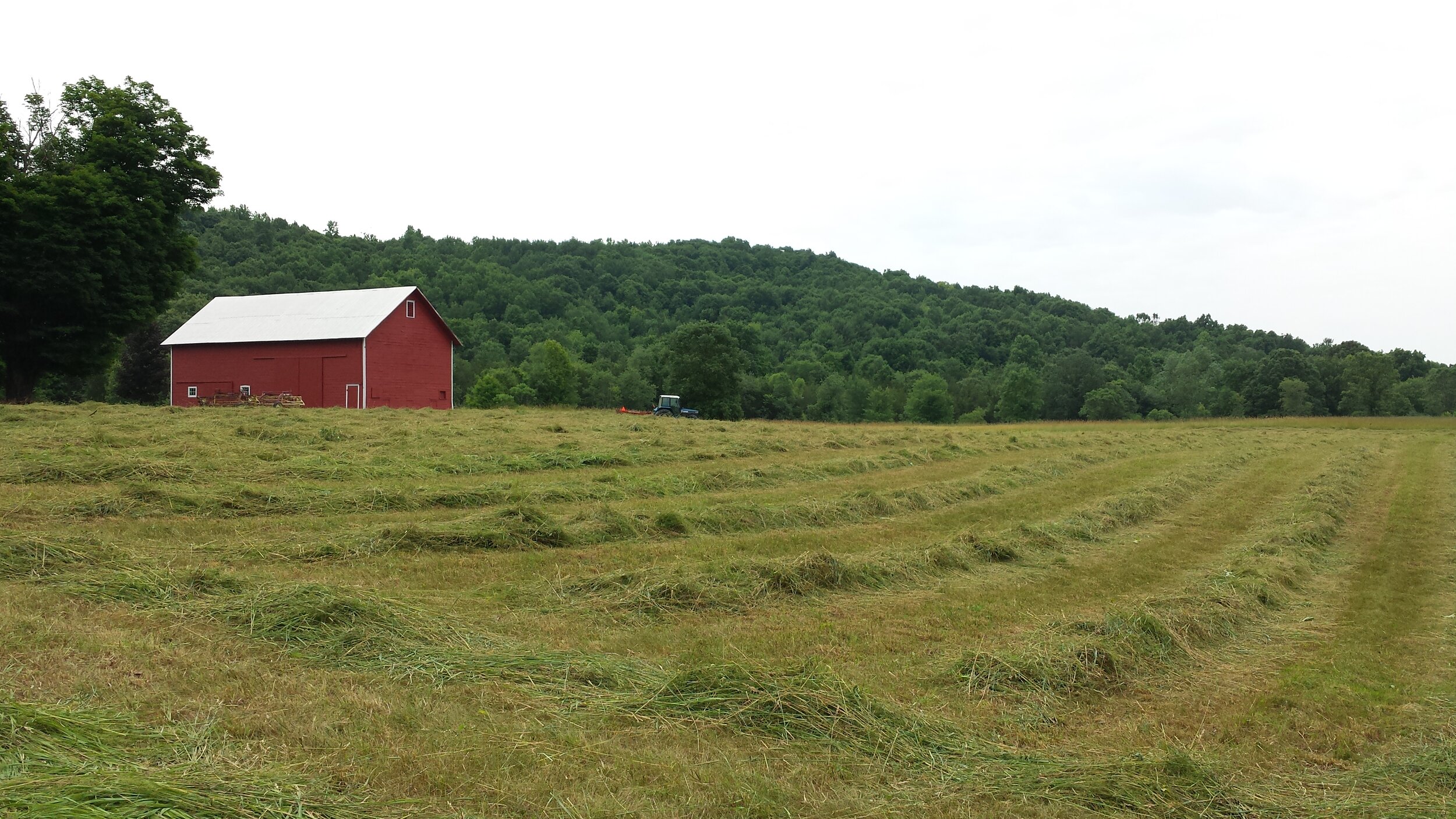
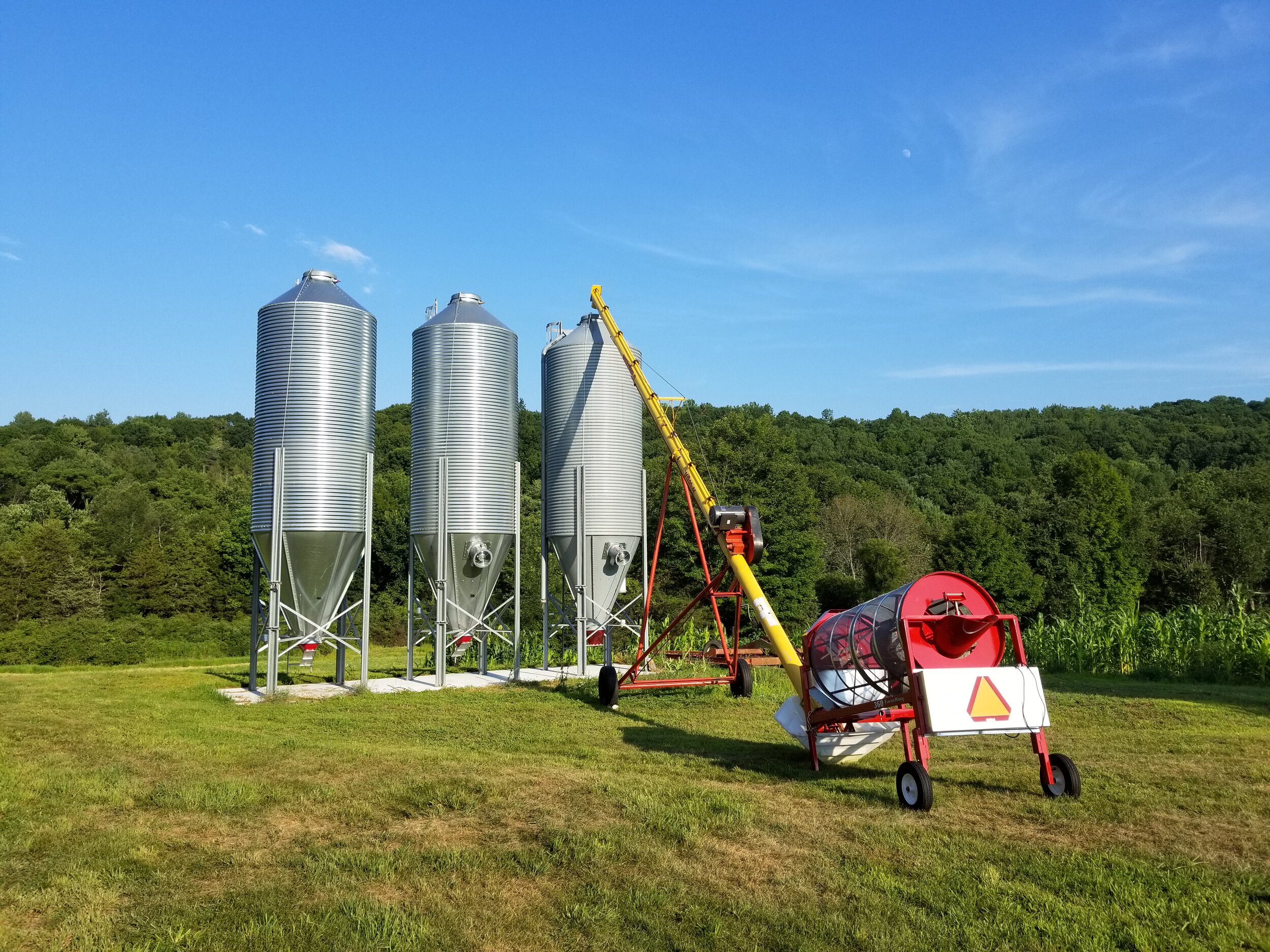
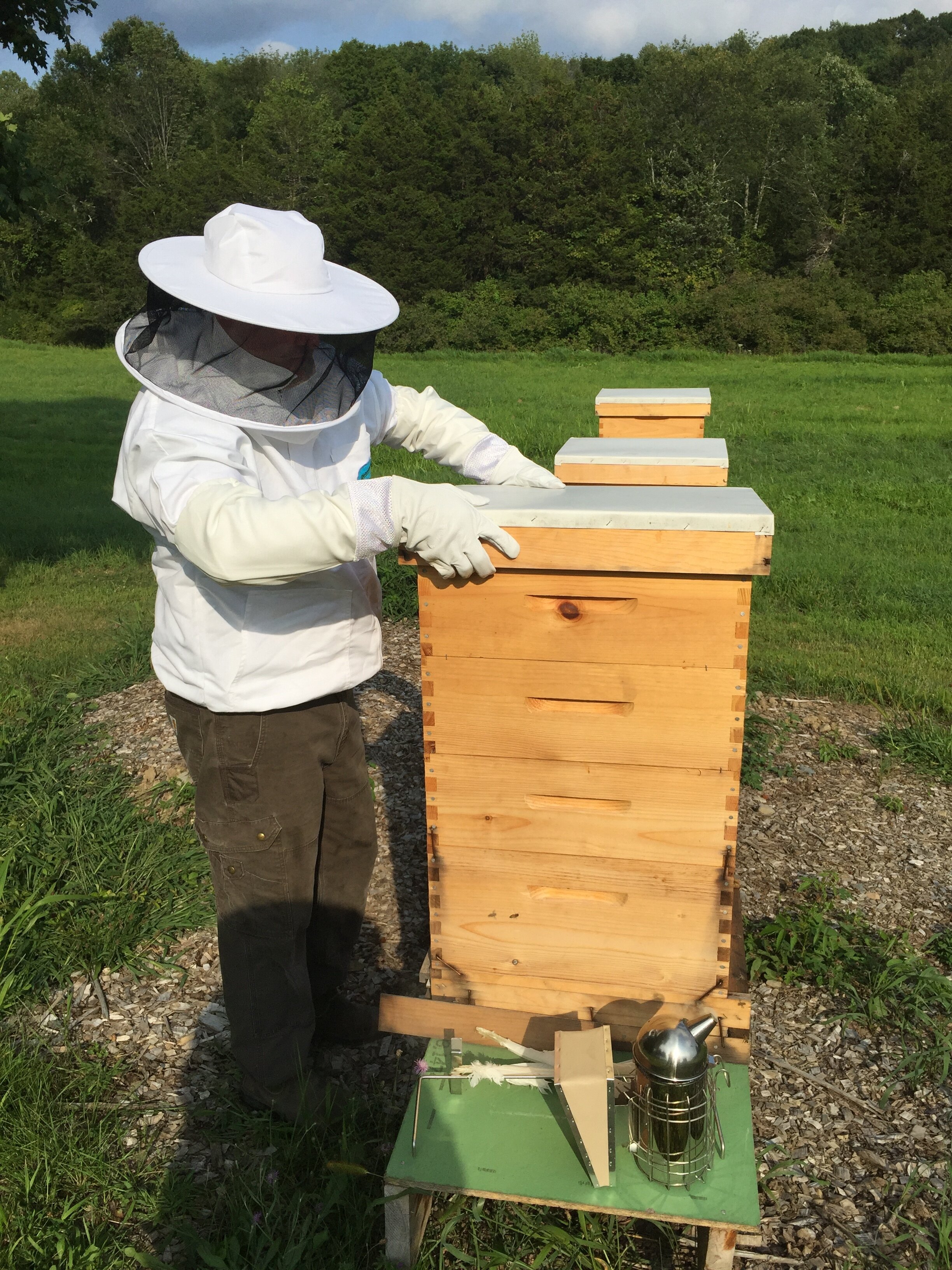
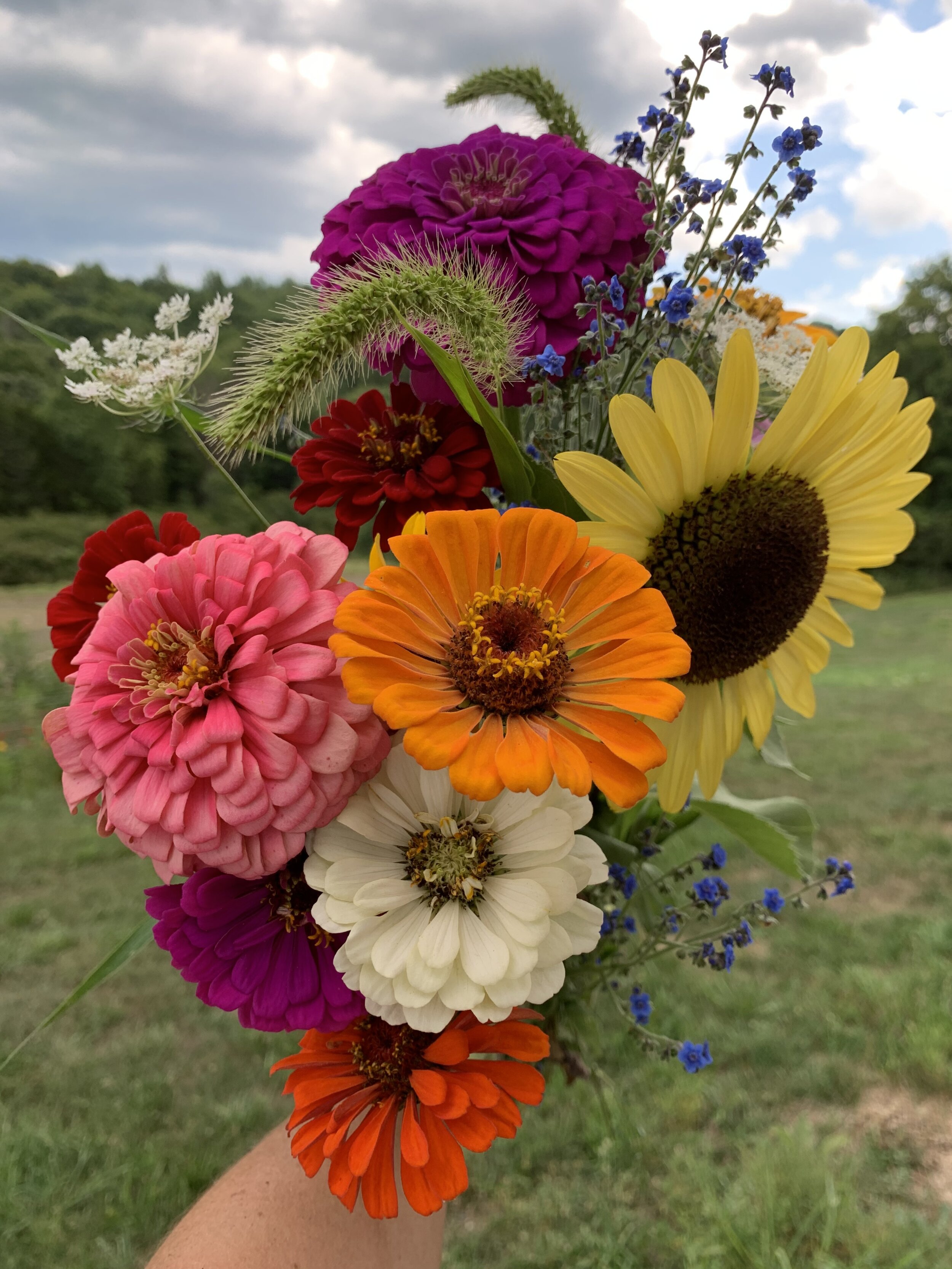
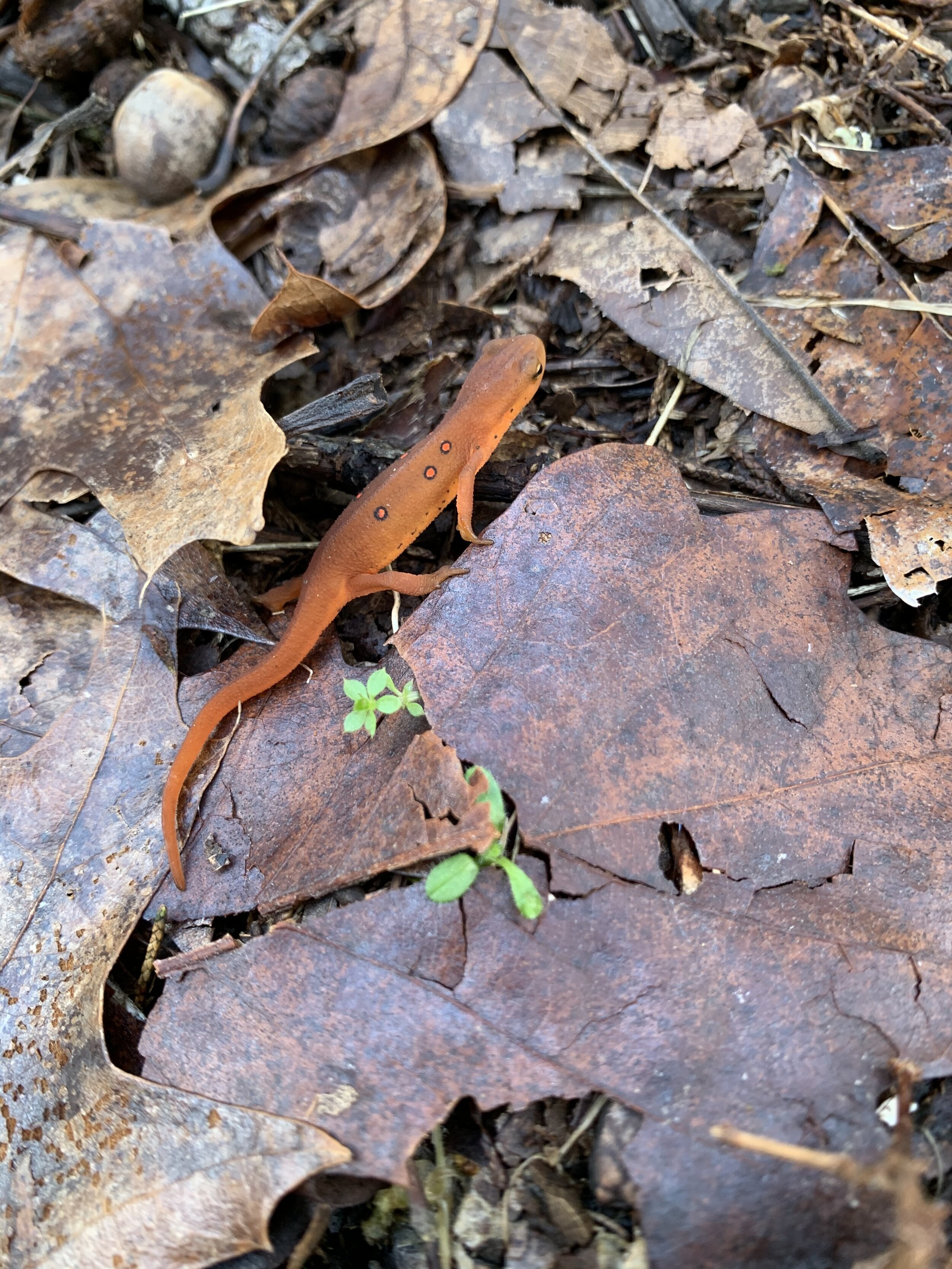
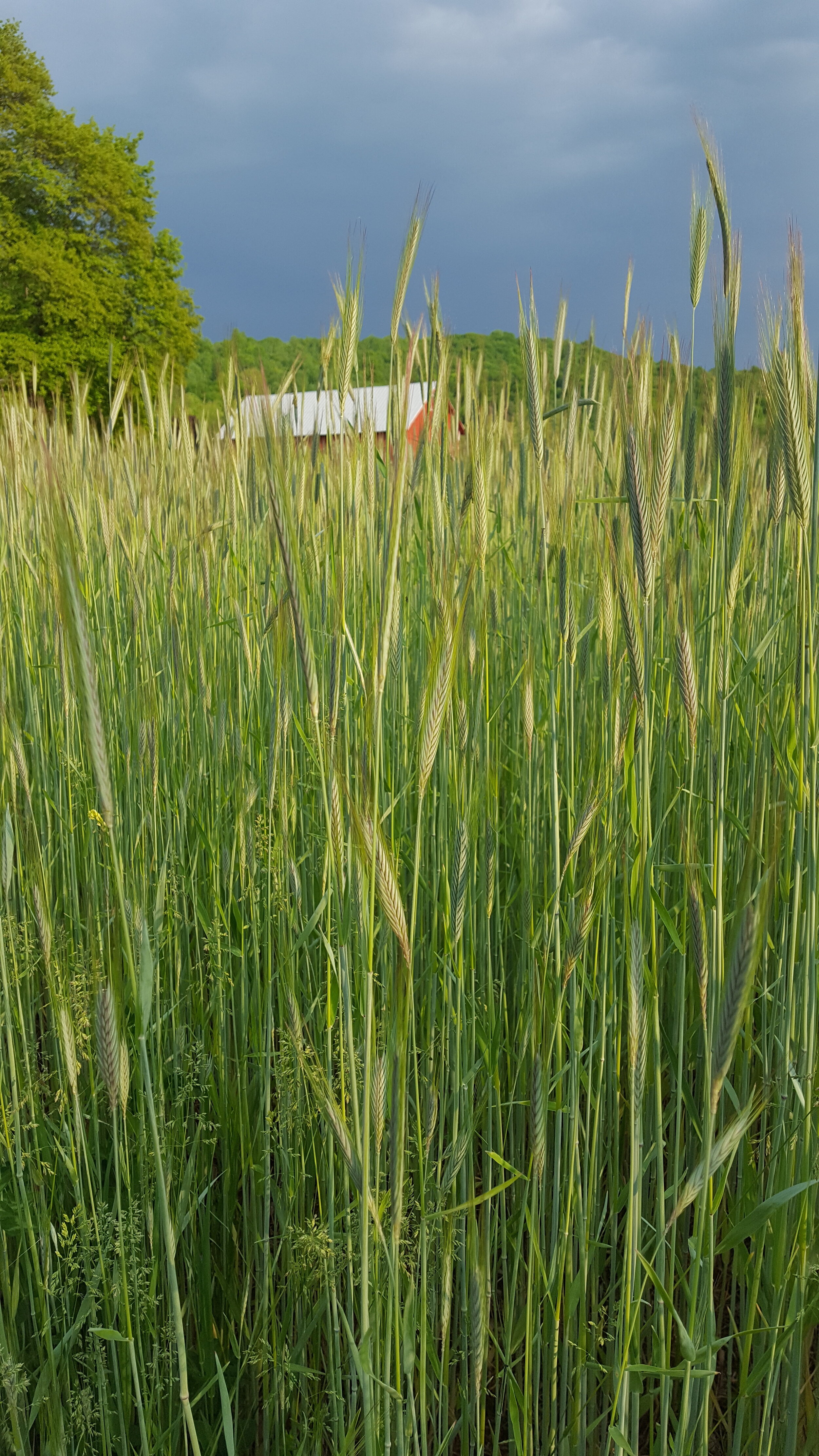
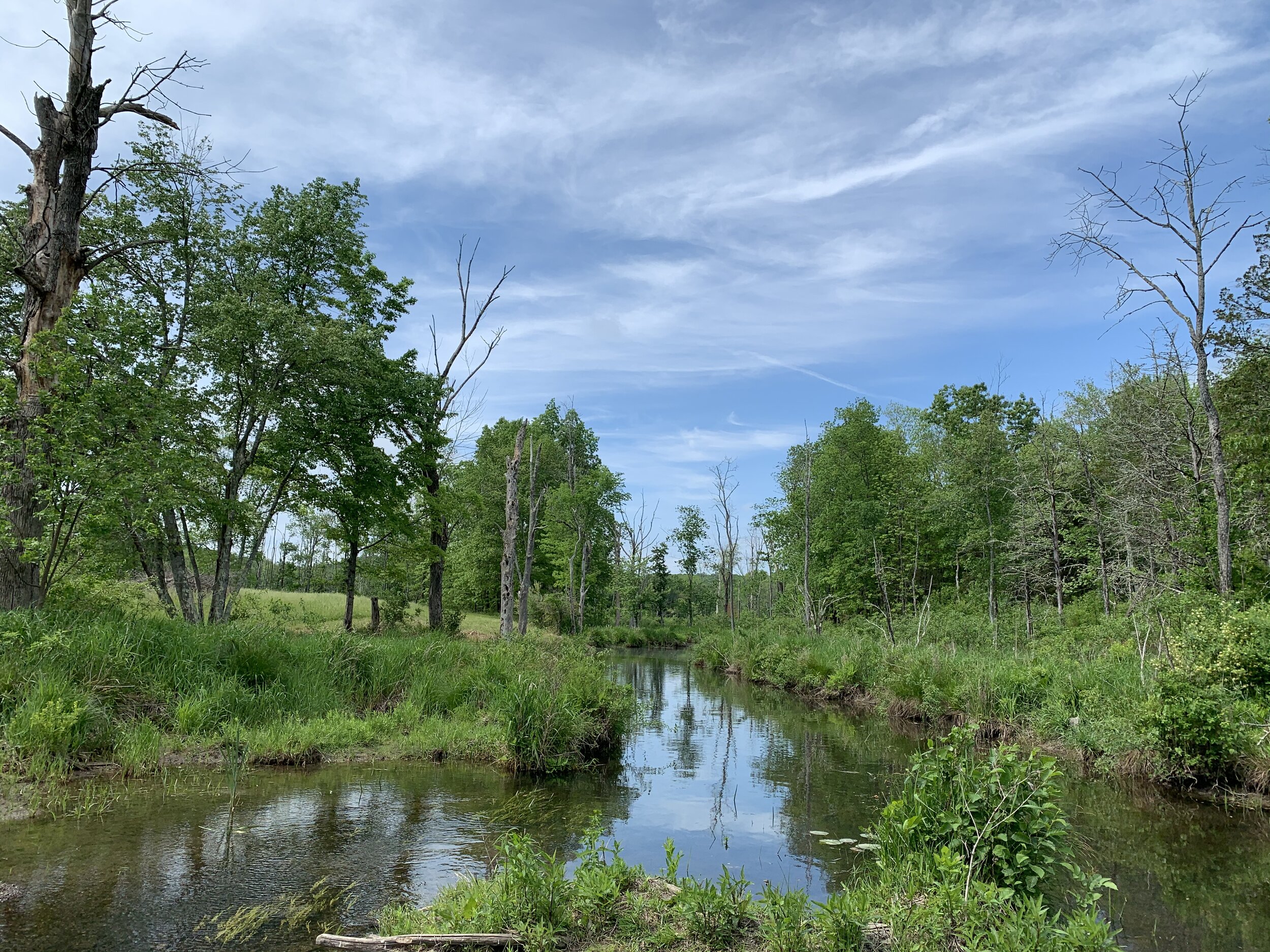
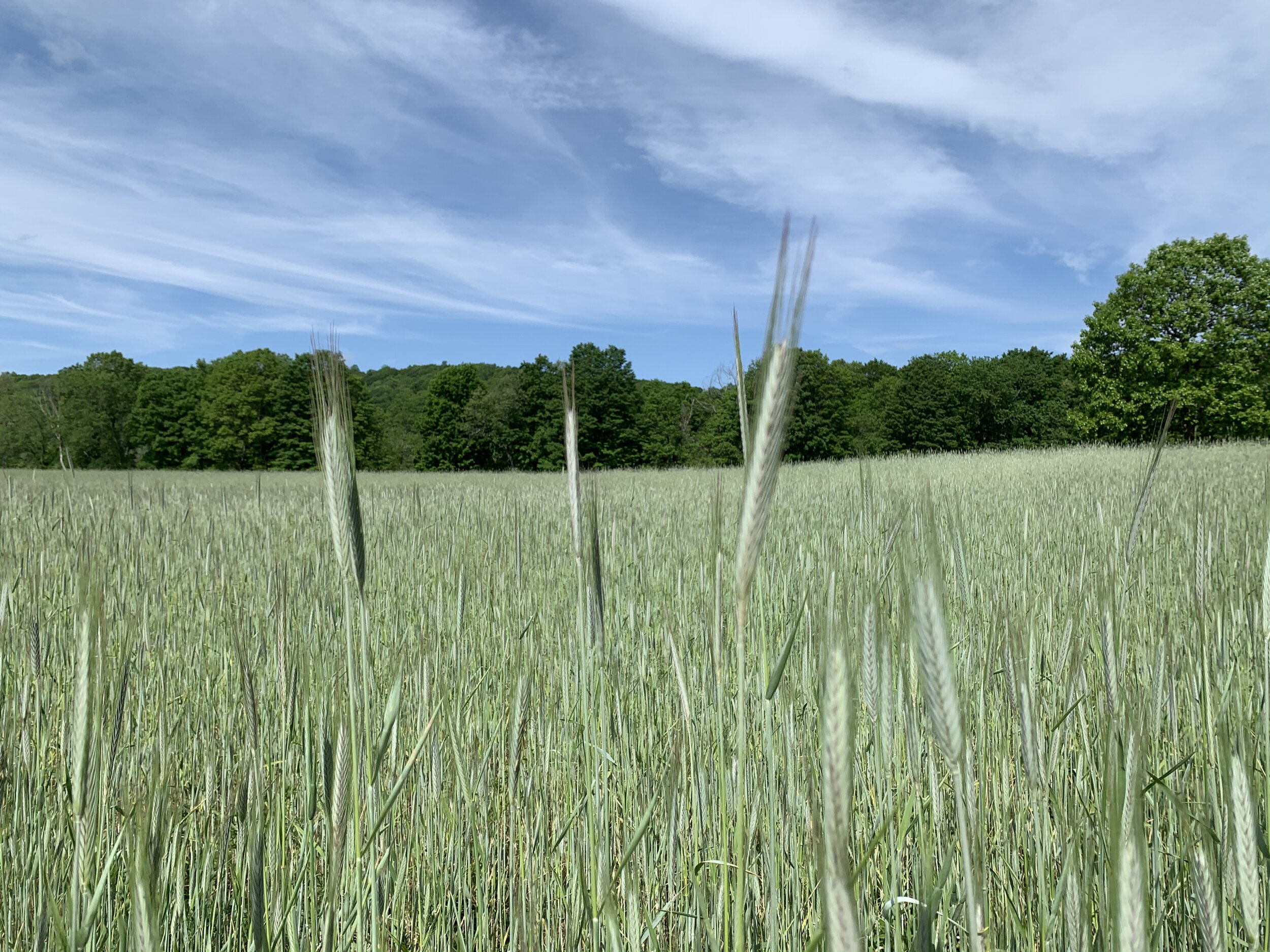
Why Regenerative farming?
Branchwater pulls from a broad palette of holistic farming ideas. We’ve taken the practice of brewing and applying compost teas from biodynamics. We’ve abandoned tilling in accordance with ancient customs. And we’re learning to embrace the restraint of Masanobu Fukuoka’s “do-nothing” technique.
Taken together, these form a philosophy of farming that prioritizes repairing nature’s processes instead of interrupting them. This is the way Mimi taught us to think of regenerative agriculture. Here’s our attempt to summarize some of her insights that we think are most relevant to understanding what we’re doing at Branchwater:
Human beings have used agriculture to extract resources from the earth in a way that has turned naturally circular systems (most famously the carbon cycle, though this is only one) into linear systems: a bank that we take from and never pay back.
Regenerative agriculture restores those cycles. “Closing the wounds,” as Mimi puts it. Astonishingly, we can do that through farming, by working with, not against, the plants, soils, topography, and climate of our land. Practiced over time, this way of farming brings back vitality and nutrient density to the foods we eat and use to make other products — like spirits.
In the spring of 2019, Mimi came to Branchwater to walk the land with us and help us understand what it was asking us to do. She recognized that our farm is, as she puts it, a place that allows us to rewind our minds back to when settlers were first establishing themselves here. So much has been lost over hundreds of years of farming. But we are learning to recognize how badly the earth’s repair processes want to happen and how quickly they do when allowed to do so. Mimi helped us to see that our farm’s strength is its diversity, its mix of field, forest, and water, all interacting and influencing what and how we grow here.
As Mimi says, “The work teaches you how to do the work.” It’s an iterative process of observation, creativity, and response calling for an open heart and an open mind. We must humbly ask permission to work with our piece of land and to hear what it's trying to tell us about the decisions we need to make for its long-term health. There are days when we look out at the fields and think, what a mess! But that’s as it should be. There is genuine excitement in letting go and waiting to see what happens next.
Soil health
Nothing has a greater impact on the quality of a spirit than the living soil that nurtures the grain. A healthy, living soil requires biodiversity and, we believe, a commitment to organic principles. Not only is regenerative and organic agriculture better for our planet, this kind of farming is essential in creating the environment needed for balanced, healthy plants.
no-till
The most important farm implements we have are our Roller-Crimper and No-Till Drill. Plowing creates the erosion of topsoil, releases CO2 into the atmosphere and destroys the fungal network in the soil that allows plants to take up nutrients and release them back into the soil. So, we use our No-Till Drill to keep the fields continuously planted with cover crops, and we roll them down before their seeds become viable to plant into that “green manure” crops for harvest.
compost
Regenerative agriculture forces you to think not about what the plant needs, but what the soil needs. If the soil is healthy, the plant will take care of itself. So, the goal is to build soil through biodiversity, increased humus, and an expanding mycorrhizal fungi network, and compost is the essential food for building soil.
why farming matters for our spirits
We believe regenerative farming will have a tangible impact on the vitality of our grains. By laying the groundwork for the fascinatingly symbiotic network between plant root and soil fungi called mycorrhizae, our plants will be able to take up nutrients they need and put back into the soil what they don’t (other plants will happily use them!). This should mean more carbohydrates stored in the grains themselves, which should give us more sugar to unlock in fermentation.
Might our choice to work with heritage grains also produce more complex flavors once fermented? We think the answer is yes. Kevin’s research into heritage wheat shows a definite correlation between heritage varieties and bread flavor and complexity. Why wouldn’t the same be true of spirits?
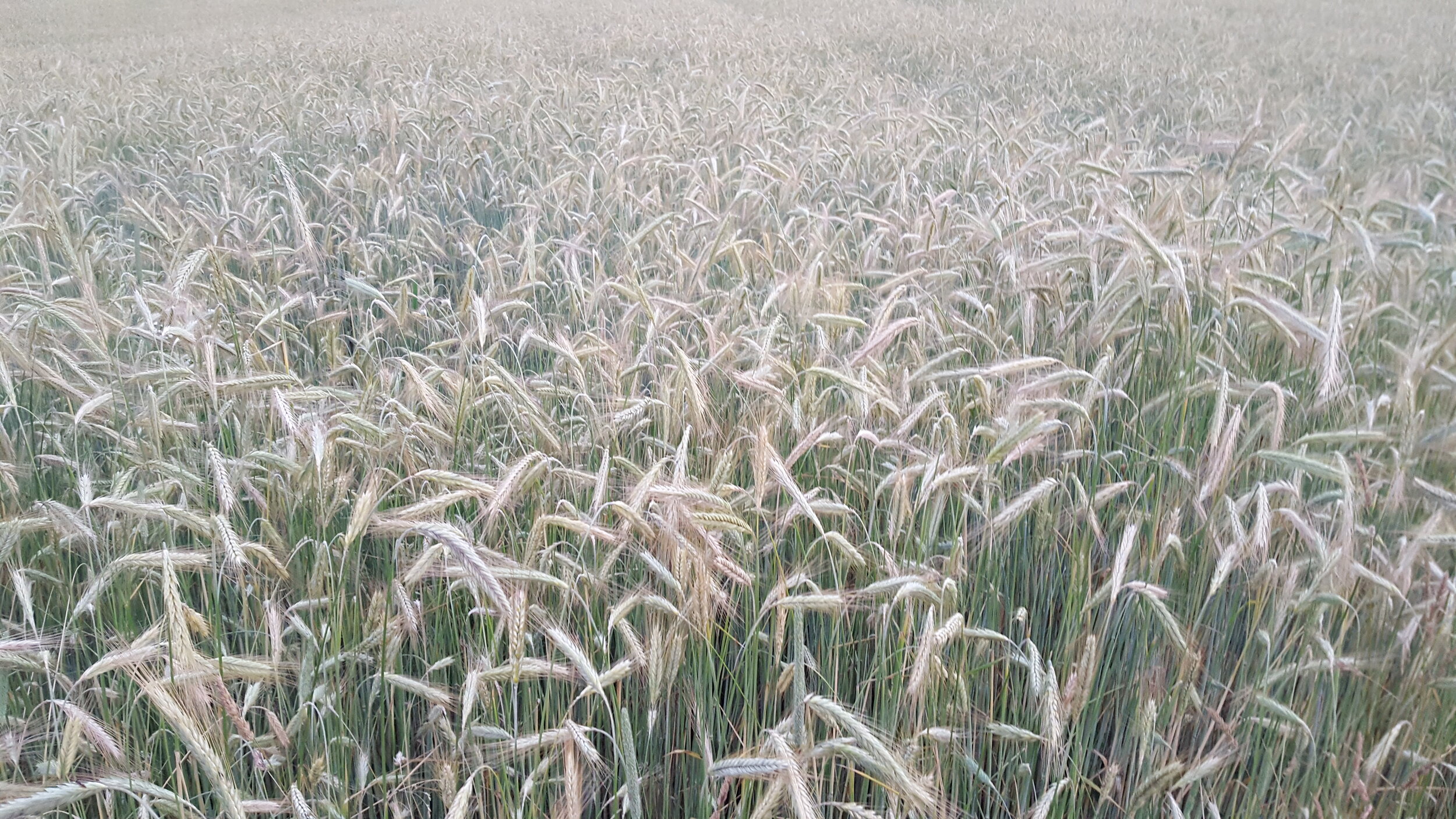
CROPS
RYE
There really isn’t an heirloom variety of rye on the market, because it was commonly seen as the inferior grain to wheat. When hybridization began to improve the grain, the heirloom varieties have been lost to time. We chose Danko Rye, a hybrid developed in Poland in the 1970s for its growing height of nearly five feet and for its spicy qualities for our whiskey.
WHEAT
Wheat is the base for our gin. Since we practice regenerative agriculture and limit how often we plow, wheat can be a little tricky to grow, because modern wheat only grows 18 inches off the ground. We need a stand to be three to four feet off the ground so that we can harvest when the grain is ripe and before cover crops below grow up into the headspace. This has led us to heirloom varieties of wheat, such as Red Fife, Warthog and Rouge de Bordeaux.
corn
In keeping with our desire to grow heirloom, open pollinated varieties, we have taken the same approach for corn. We have planted in the past Reid’s Yellow Dent, Lancaster Sure, Pencil Cob, Hickory King Yellow and Silvermine, but have landed on Bloody Butcher as our preferred variety for bourbon, due to its history of being used by distillers in the 19th Century.
cover crops
A central tenet of regenerative agriculture is to always have something growing in the fields. We co-plant oats, winter peas, clover, buckwheat and daikon radish to increase biodiversity, add nitrogen (buckwheat, clover, but also through the interaction between the peas and oats), add bio-mass (peas, buckwheat), enable better water retention and help to unpack the soil (radish). All of these cover crops help prevent erosion from wind and water runoff.
What we grow and why
We wanted to work with heirloom grain varieties - wheat, rye, and corn for gin, bourbon, and rye — because of the way we farm. For instance, we selected an old variety of wheat called warthog because it produces a very long straw that puts the grain head almost two-and-a-half feet above the ground. We need that because there’s no way we could get modern varieties, which are shorter, ripe enough before competing plants take over.
Of course, nothing we do makes sense unless it also yields the highest quality ingredients. Beyond our own grains we look to our surrounding region for responsibly farmed produce we cannot yet grow ourselves.
Water, which makes up as much as fifty percent of spirits, is an ingredient that is too often overlooked. But most producers just turn on the tap and hope for the best. We want to draw on our own well water for our spirits because we see it as another expression of place. Hans, who uses water from a specific spring for his spirits, has seen the impact water can have on his products. “If the water is not perfect, the spirit cannot be perfect,” he reminds us. Soft water helps the blend and lessens the alcoholic intensity of the spirit. We will continually analyze the pH, acidity, and magnesium content of our well water, looking for the optimum balance for our spirits.
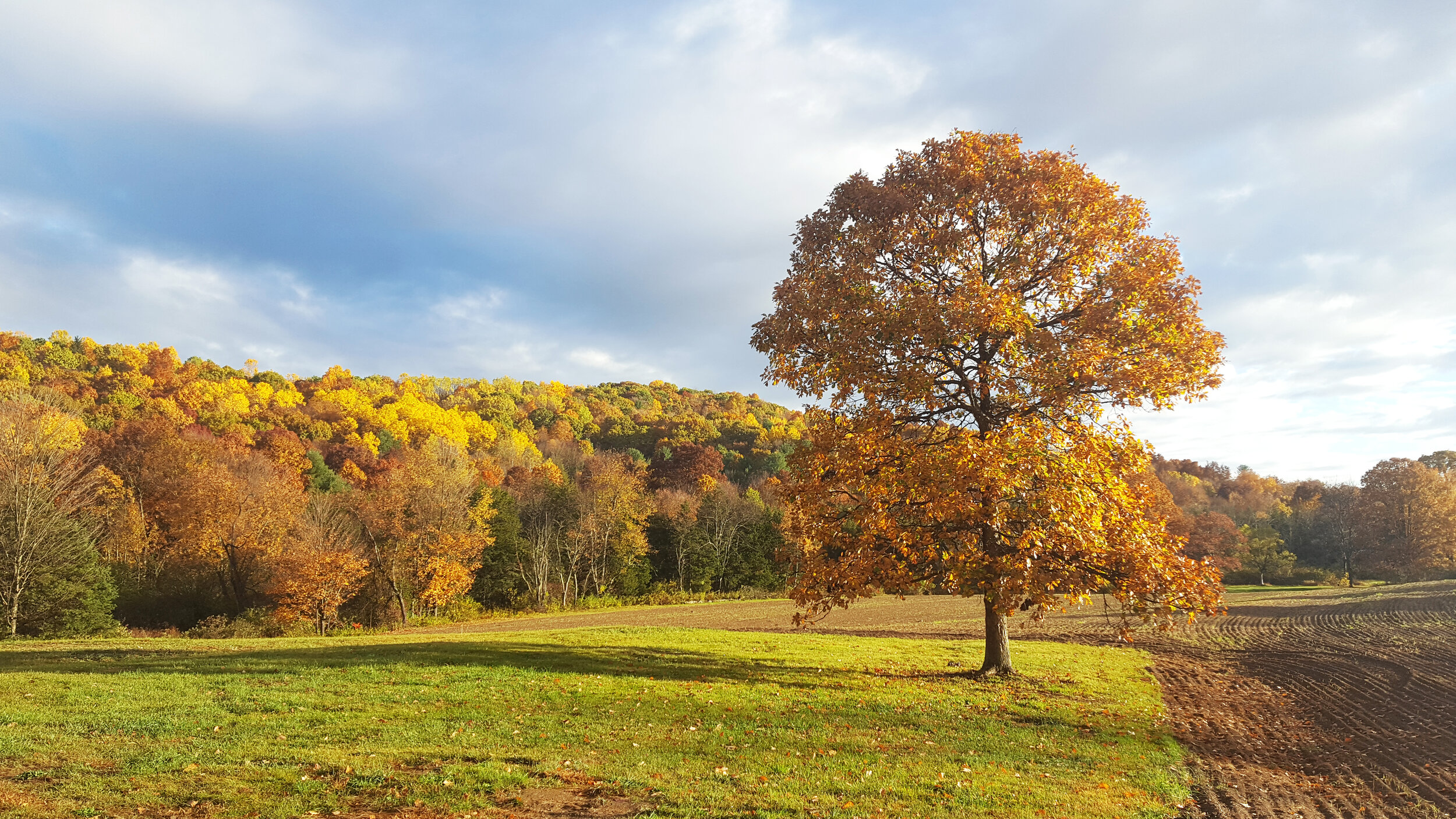
vision
what lies ahead
Branchwater holds so much possibility. We recognize that we haven’t even begun to realize all that it might be. But we do have a few ideas for the near term! Almost every regenerative agricultural system involves the rotation of animals. In 2019, Robin interned at Kinderhook Farm, a family-run, Animal Welfare Approved livestock farm north of us in the Hudson Valley. She worked with chickens, cattle, pigs, and sheep, and learned about fencing and rotational grazing, processing chickens, and getting along with livestock guardian dogs. She loved the work and came away with an even stronger desire to integrate animals into Branchwater. We don’t have enough fields to incorporate large livestock herds and still grow enough grain for use in the distillery.
What we do have are lots of wetlands and a fascination with birds, so in the spring of 2021 we welcomed our first flock of ducks to Branchwater Farms. We work with different breeds of ducks for both meat and egg production and we are developing a breeding program here as well. In the spring of 2022, we began building our flock of chickens and we have developed quite a local following for the beautiful eggs our laying hens provide. We also offer pasture-raised, organically fed whole chickens on a seasonal basis. Both eggs and meat are available at our farm store.
As for four-legged friends, we have a group of bonded goats that came to us as pets in February 2022. And, in the winter of 2024 we will be adding a small flock of fine fleece Shetland sheep, which we will raise for wool and eventually breed. Kevin has designed a rotational grazing plan for our Secret Field. It’s a perfect location for animals, with the creek along the western edge offering both a natural water source and protection from predators.
We’re planning for fruit trees, too. Our current thinking is not to have a single orchard, but to have several stands of trees spread out around the farm, the way the land was planted 80 years ago.
Branchwater is teaching us - the more we rewind our minds, the brighter the future looks.
apiary
Heirloom varieties of grains, and including Danko Rye, are all open pollinated species that require the assistance of wind and insects. After a few years of managing a handful of honeybee hives ourselves, we decided to increase the presence of bees on our farm by having a dedicated local beekeeper manage an apiary here. In the spring of 2024, Brian Moon of Moon’s Gold Apiary set up 32 hives in our Big Field. In exchange for some of the honey they produce, we provide a pesticide- and herbicide-free zone for our winged allies.
livestock
Animals are Robin’s calling, and we know true biodiversity is not complete without them. Since Branchwater is blessed with The Little Wappinger Creek bisecting it, and acres of wetlands, a flock of ducks made their home here in 2021. We added a flock of laying hens in 2022 and have enjoyed all that they bring to a farm. Although Kevin is always pushing Robin to get pigs - claiming they would be a solution for the spent mash that our distillery produces - she is a little intimidated by their size and nervous about getting too attached. Every farmer she knows with pigs has warned her about the perils of pig attachment. In the meantime, we have embarked on four-legged, hooved adventures with sheep and goats, fully aware that once a few animals are here, it will be hard to not invite more of them.
